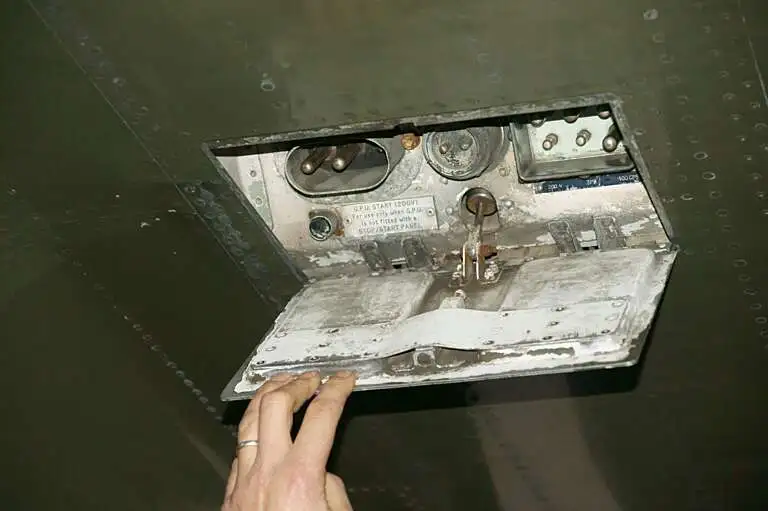
Cold War Memories – Bomber Box
Recollections from Headquarters 1 Group RAF Bawtry Hall, RAF Finningley and the Bomber Box. Although I worked for the General Post Office (GPO) or BT
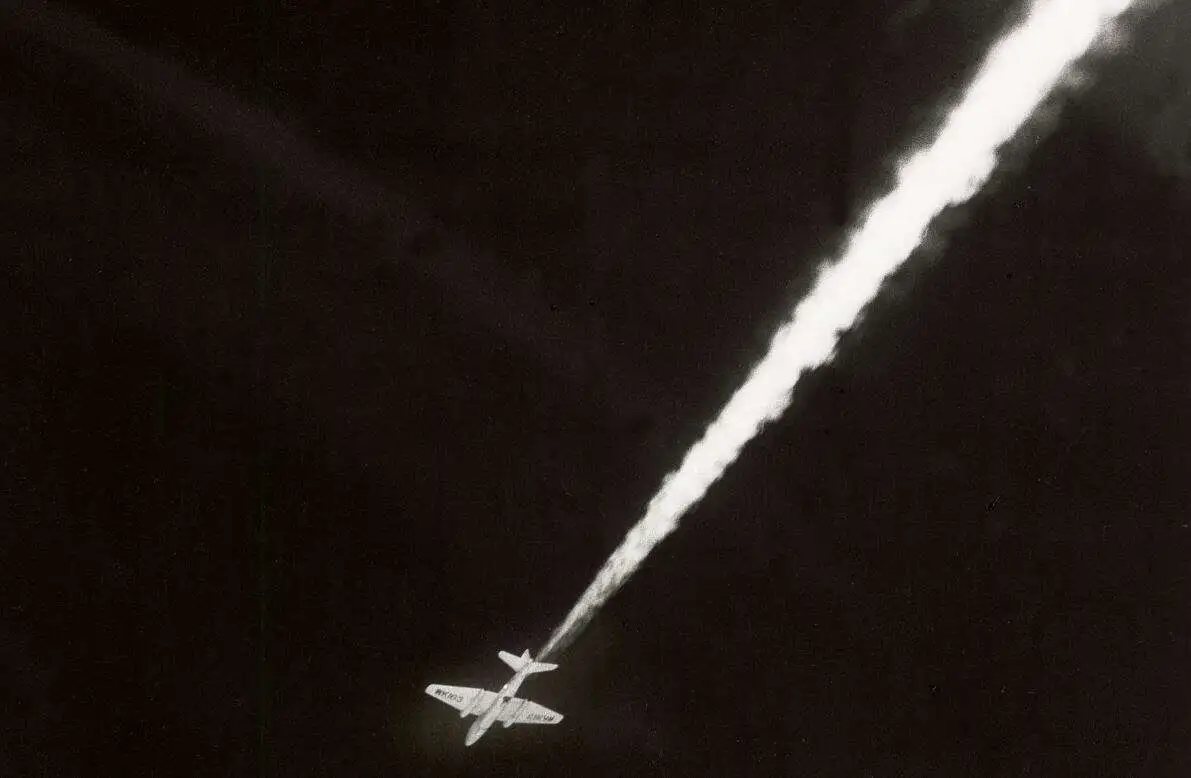
The success of the Canberra as a research aircraft over the years is a testament to “Teddy” Petter’s original design. It had all the important qualities needed of a test aircraft. It also had an enormous bomb-bay capable of carrying test equipment that could be fitted and removed quickly, and the bomb-bay could also be opened in flight if the tests required it. The biggest test advantage of the aircraft was that it could easily fly at 110 knots without flap or at 450 knots, and it could fly at 50 feet or 60,000 feet and all of this while flying for five hours with ease.
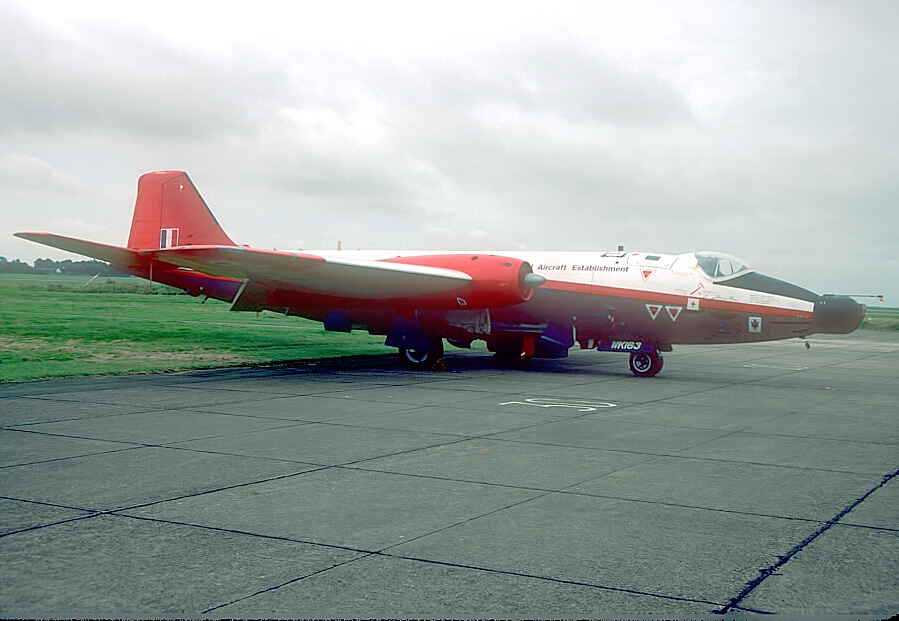
Due to its ability to evade the early jet interceptor aircraft and its significant performance advancement over contemporary piston-engine bombers, the Canberra became a popular aircraft on the export market. The success and adaptability of the design was such that it was built in 27 versions which equipped RAF squadrons and it was exported to the Air Forces of more than 15 countries including Australia, Argentina, Chile, Ecuador, Ethiopia, France, India, New Zealand, Pakistan, Peru, Rhodesia, South Africa, Sweden, Venezuela and West Germany.
Making its first flight 13 May 1949, the Canberra was destined to make history. It was Britain’s first jet-powered bomber.
It entered RAF service in 1951 leaving 55 years later, in 2006, becoming the RAF’s longest-serving aircraft.
A total of 1351 Canberras were manufactured worldwide, including 403 which were manufactured under licence by Martin as the B-57 Canberra, making it the 2nd-best selling multi-engine British jet after the Meteor.
In February 1951 it was the first jet aircraft to cross the Atlantic without refuelling and in 1955 was the first jet aircraft to make a polar transcontinental flight from Norway to Alaska. Canberras held a total of 22 world records for height, point-to-point speed and range, and captured the world altitude record three times, in 1953, 1955 and WK163’s record in 1957.
Throughout most of the 1950s, the Canberra could fly at a higher altitude than any other aircraft in the world. The world altitude record established on 28 August 1957 saw Napier’s Chief Test Pilot, Mike Randrup, fly English Electric Canberra WK163, fitted with a Napier “Double Scorpion” aircraft rocket engine, to a height of 70,310 ft. This beat the previous record, also held by a Canberra, by more than 4,000 ft!
After its record breaking flight, the scorpion and record detail were painted onto WK163’s nose.
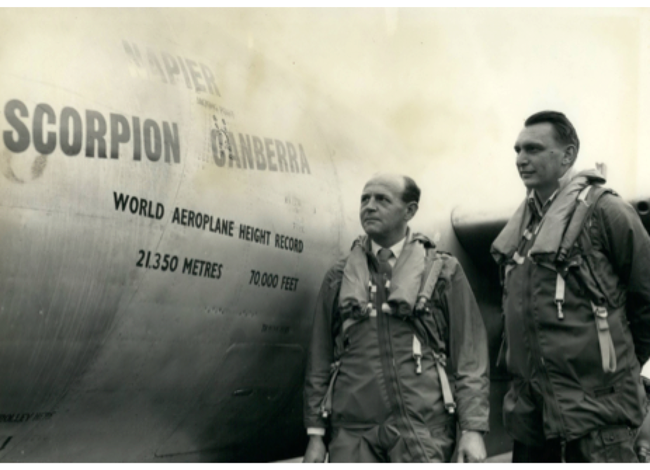
The observer of the aircraft was Walter Shirley and both, he and Mike Randrup, were presented the Britannia trophy for 1957 “for the most outstanding aeronautical achievement of the year.”
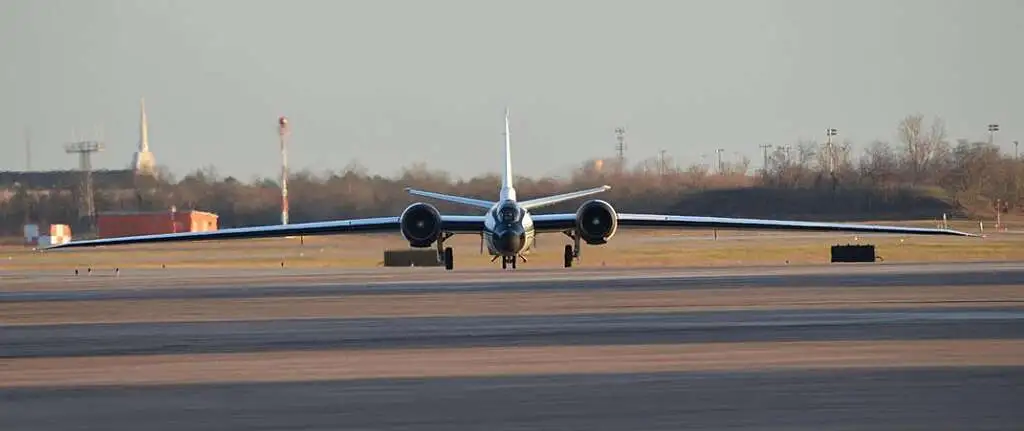

Recollections from Headquarters 1 Group RAF Bawtry Hall, RAF Finningley and the Bomber Box. Although I worked for the General Post Office (GPO) or BT
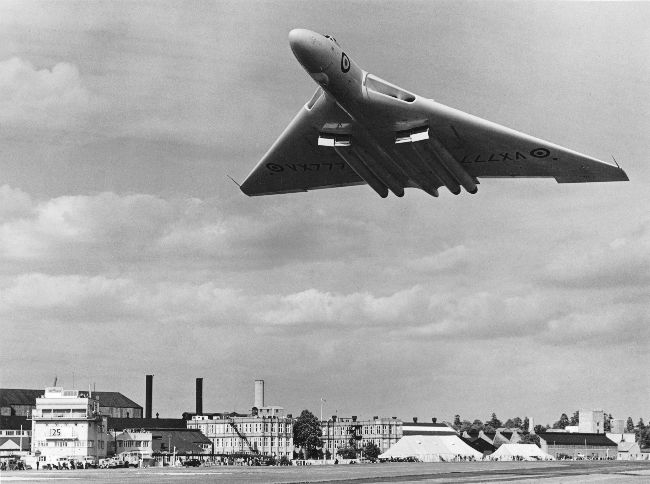
Mr. Alan Ainsworth, was on the Flight Test and development Team of AV Roe – read on for an interesting account of the early days,
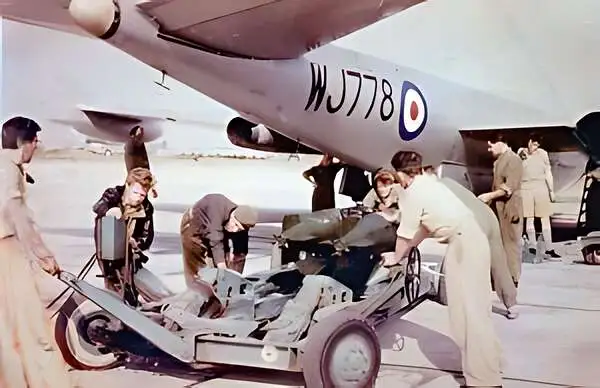
I want to tell the story of a Canberra Medical trip I took part in sometime early in 1958, my Canberra logbook has sadly been
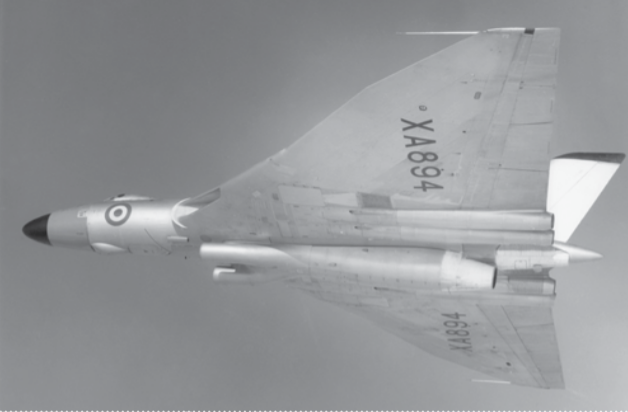
Test beds Aside from regular duties, several Vulcan airframes were put to use in test and development roles. XA894 spent all its life as a